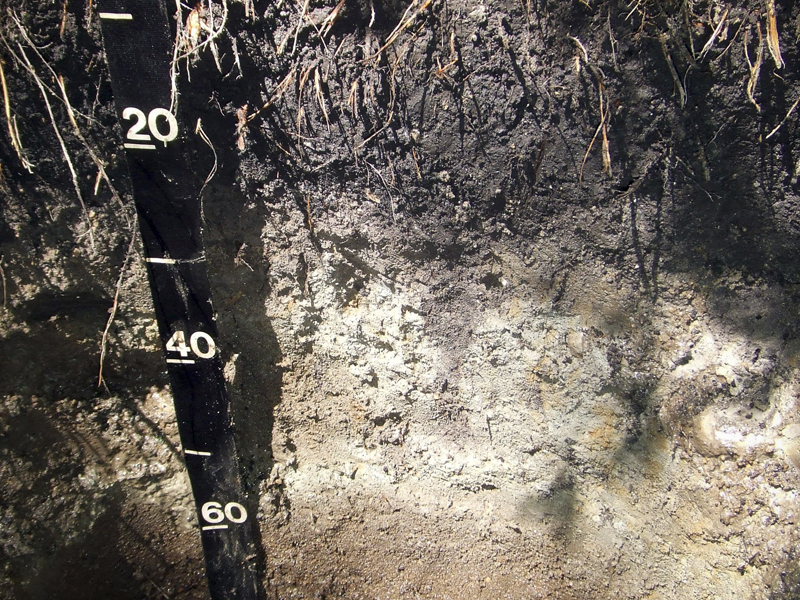Conservation
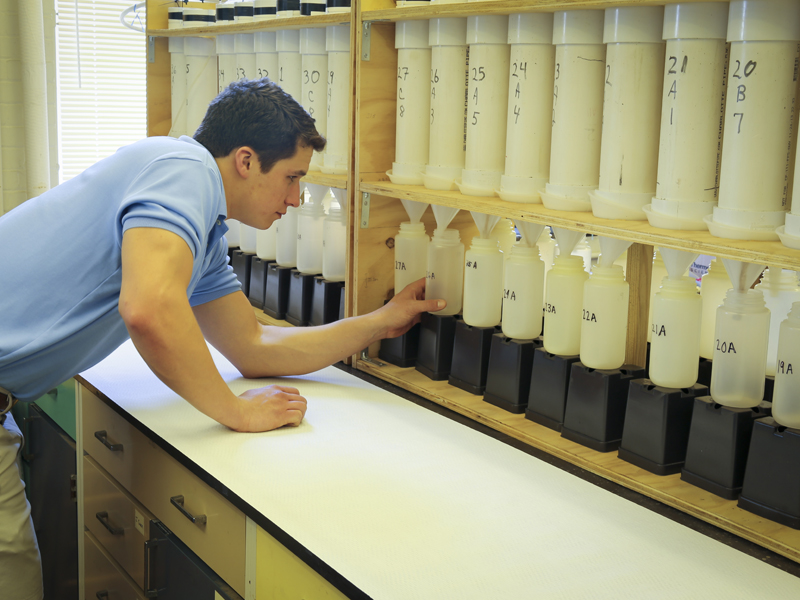
You may have heard how excess nutrients, such as phosphorus, can run off of crop fields. This can cause harm when the nutrients end up in rivers and lakes. However, there are other sources of excess nutrients you might not think of, such as the pots nursery plants come in.
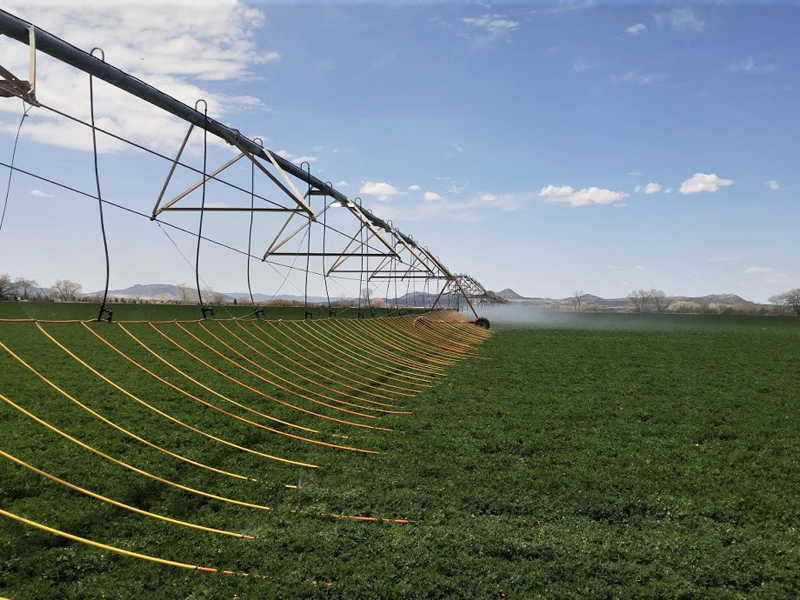
A healthy lifestyle consists of a mixture of habits. Diet, exercise, sleep and other factors all must be in balance. Similarly, a sustainable farm operates on a balanced plan of soil, crop, and water management techniques.
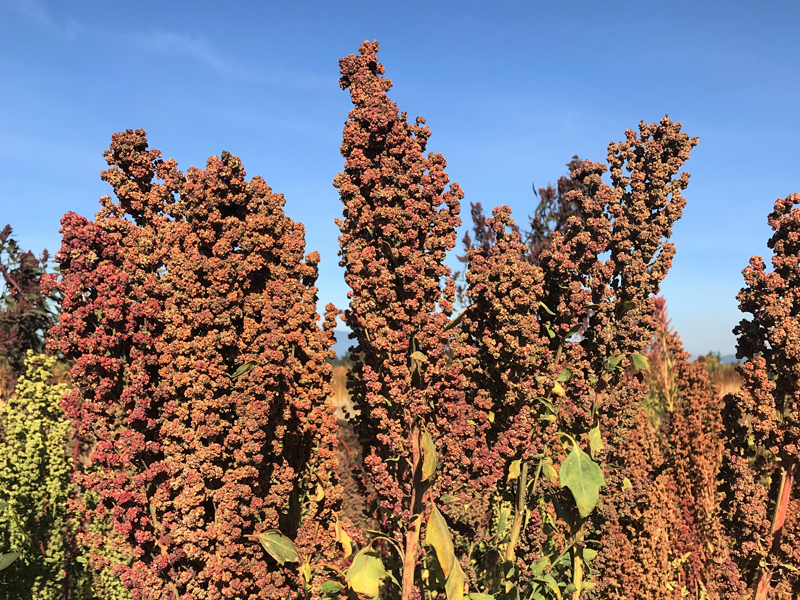
Quinoa is a healthy food many know and love. As its popularity grows, more farmers are interested in planting it. However, the plant doesn’t do well in high temperatures, so plant breeders are trying to help.
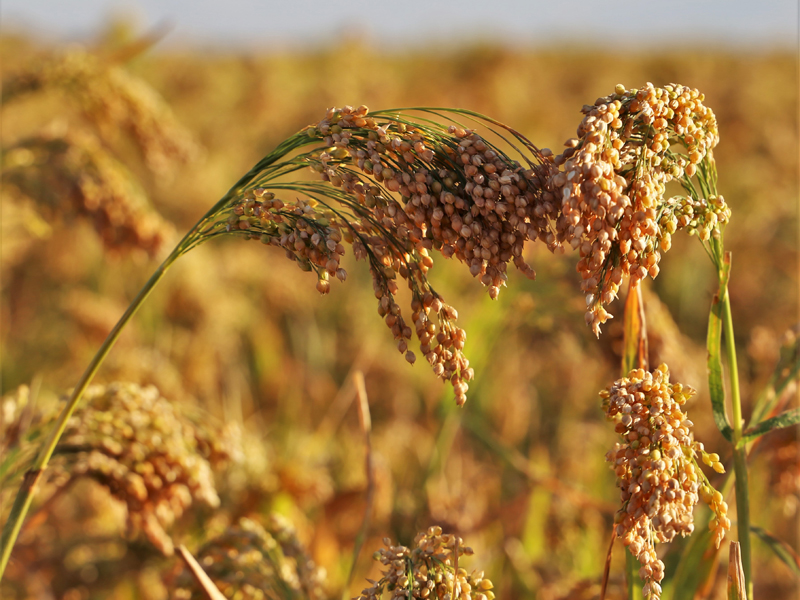
In the semi-arid tropics of Asia and Africa, conditions can be difficult for crops. Plants need to have short growing seasons, survive on poor soils and tolerate environmental stresses.
Enter, the millets.
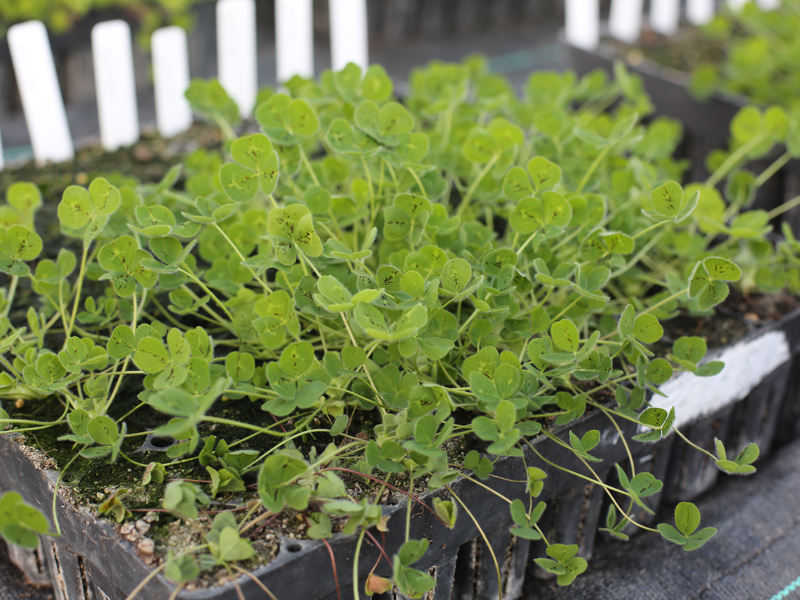
Four-leaved clovers may or may not bring good luck. What’s indisputable is that all white clovers, whether with three or four leaves, have many benefits.
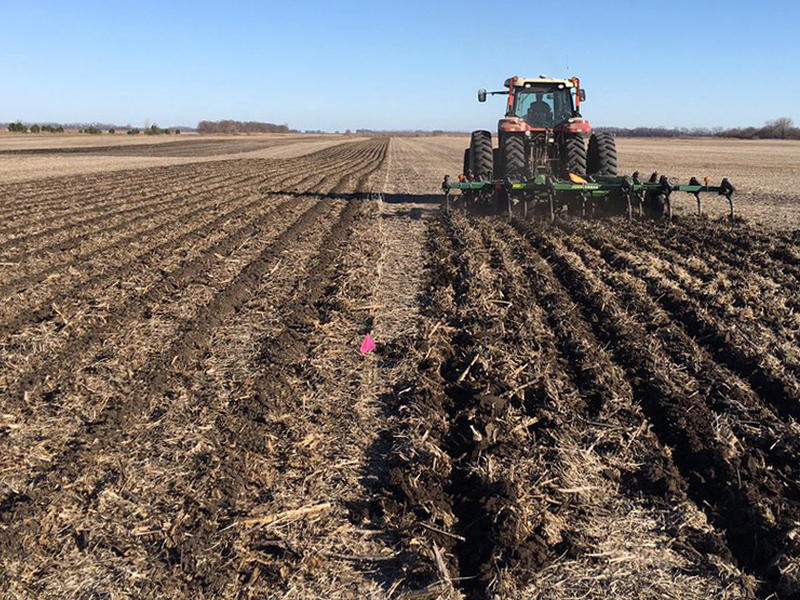
Just as we blend, cut, and fold ingredients together to follow a recipe, farmers use equipment to stir together soil and crop residue (stalks and roots of previous crops) before planting. This mechanical action is called tillage.
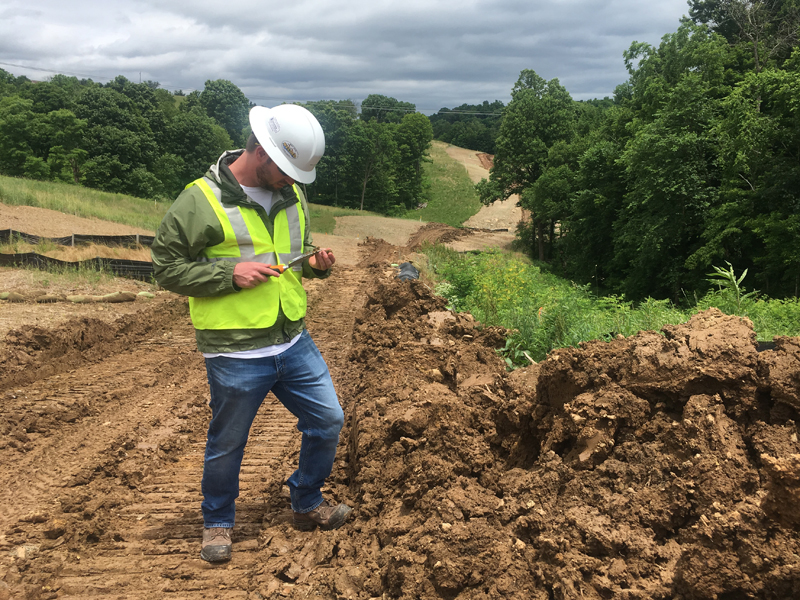
More than 2.4 million miles of energy pipelines crisscross the United States. If assembled end-to-end, they would circle the Earth almost 100 times!
Energy pipelines transport products such as crude oil or natural gas. Some of the pipelines are above ground, but most of them are buried. Often, energy pipelines pass through previously undisturbed areas. These areas need to be managed carefully to re-establish ecologically functioning systems. This complex process is called land reclamation.
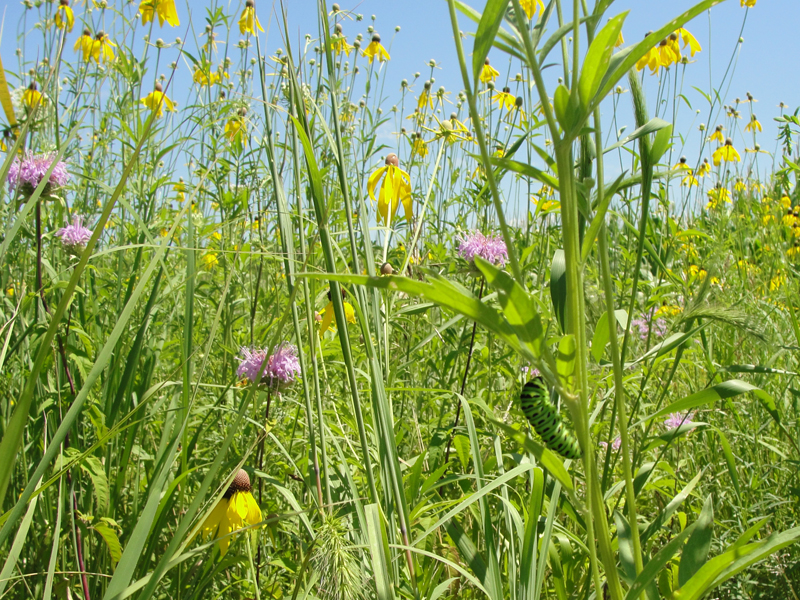
Modern agriculture’s large monoculture fields grow a lot of corn and soybeans, planted annually. The outputs from row crops can be measured both in dollars paid in the market and also in non-market costs, known as externalities. Soil, nutrients, groundwater, pollinators, wildlife diversity, and habitat (among other things) can be lost when crop yields are maximized.
Now it appears that prairie strips have an extraordinary power to change this pattern.
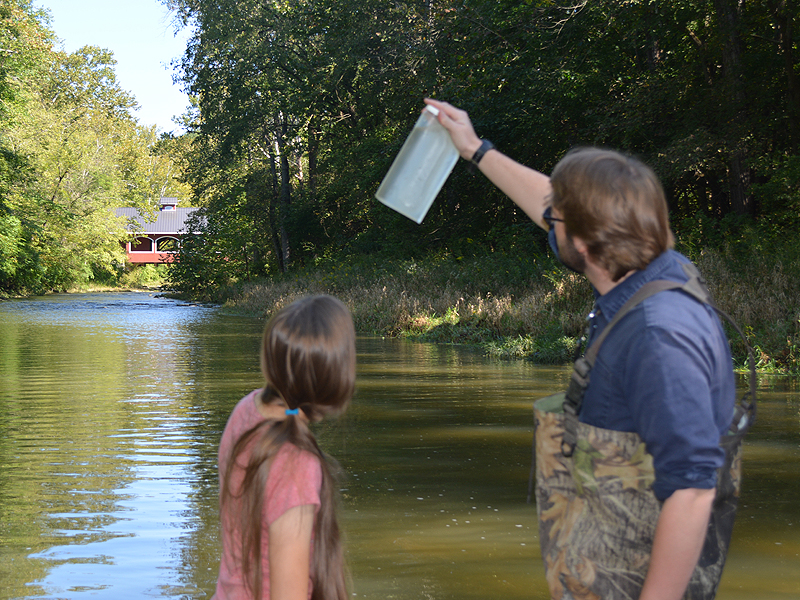
In the early 1990s, Acton Lake in southwestern Ohio had a muddy problem. Large amounts of sediment from nearby farms were entering the lake’s watershed. These sediments traveled through streams draining the landscape and were filling up the lake.
So, the USDA gave local farmers incentives to change some of their farming practices. One of these practices was conservation tillage, in which the soil is plowed less often. That can reduce sediment runoff.

